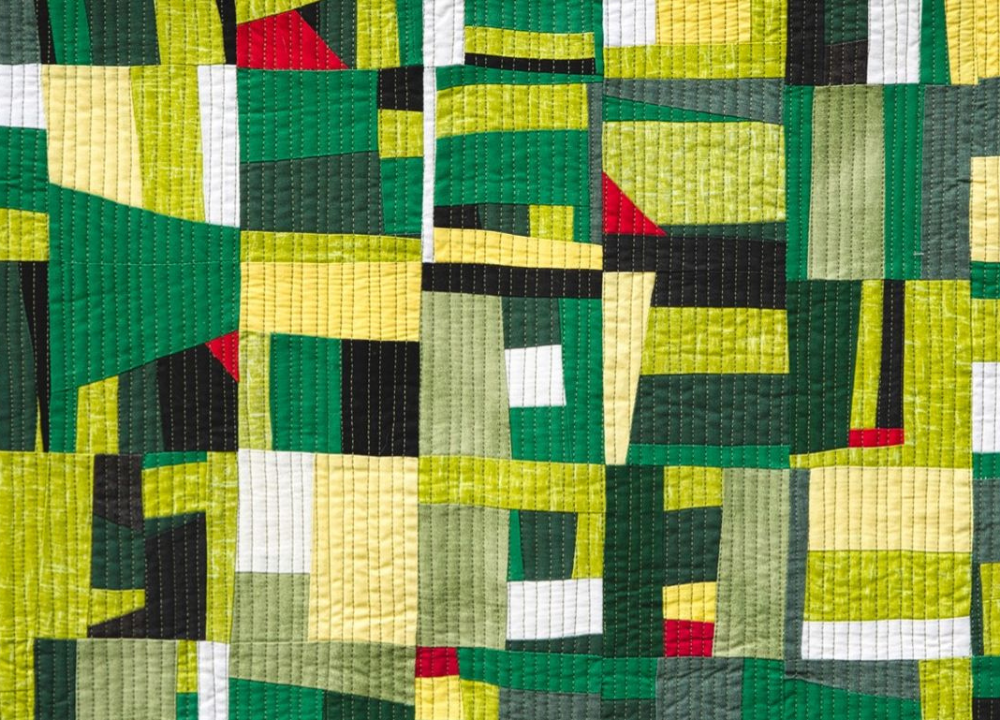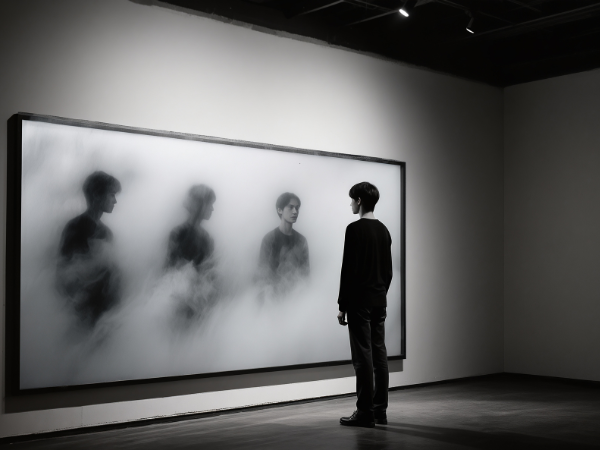Drawing has been one of humanity’s oldest forms of communication and artistic expression. From cave paintings to Renaissance sketches, from comic books to digital illustrations, the act of drawing has continuously evolved alongside technology and culture. What began as simple marks on stone or parchment has transformed into complex digital artworks created with tablets, styluses, and advanced software.
The Origins of Drawing in Human History
Drawing is one of the earliest forms of human communication. Long before written language, people used drawings to record events, tell stories, and express beliefs.
Early Milestones in Drawing:
- Cave Paintings – Found in places like Lascaux, France, dating back over 17,000 years.
- Petroglyphs – Carved symbols on rocks used by ancient civilizations.
- Egyptian Hieroglyphs – Combined art and language in intricate wall carvings.
- Greek & Roman Sketches – Used for architectural planning and storytelling.
- Medieval Manuscripts – Illustrated texts that blended art with religious devotion.
These early drawings were not just decorative—they were essential tools for communication, education, and cultural preservation. They laid the foundation for the artistic traditions that followed.
At the end of this era, drawing was both practical and spiritual, serving as a bridge between human imagination and the physical world.
The Role of Pencil and Paper in Artistic Development
The invention of paper and the refinement of graphite pencils revolutionized drawing. Suddenly, artists had portable, affordable tools that allowed for experimentation and precision.
Why Pencil and Paper Became Essential:
- Accessibility – Cheap and widely available compared to canvas or stone.
- Precision – Graphite allowed for shading, detail, and corrections.
- Portability – Artists could sketch anywhere, capturing ideas instantly.
- Education – Drawing became a standard part of learning in schools.
- Versatility – Suitable for both fine art and technical design.
Pencil and paper democratized art, making it possible for anyone to practice drawing. From Leonardo da Vinci’s anatomical sketches to everyday doodles, this medium became the backbone of artistic practice for centuries.
Even today, many artists begin with pencil sketches before moving to digital platforms, proving its enduring relevance.
The Influence of Printing and Reproduction
The printing press and later lithography expanded the reach of drawing beyond individual works. Artists could now reproduce their sketches and share them widely.
Printing’s Impact on Drawing:
- Mass Distribution – Sketches and illustrations could reach larger audiences.
- Scientific Illustration – Detailed drawings helped explain anatomy, botany, and engineering.
- Comics & Cartoons – Printing enabled the rise of illustrated storytelling.
- Educational Materials – Textbooks incorporated drawings to aid learning.
- Art Movements – Styles like etching and engraving flourished.
Reproduction transformed drawing from a personal act into a public medium. It allowed ideas to spread faster and influenced the development of visual culture worldwide.
By the 19th century, drawing was no longer confined to galleries—it was part of everyday life, from newspapers to advertisements.
The Transition to Digital Tools
The late 20th century introduced computers, scanners, and digital tablets, changing the way artists approached drawing.
Key Innovations in Digital Drawing:
- Graphic Tablets – Devices like Wacom allowed natural hand movements.
- Stylus Technology – Pressure-sensitive pens mimicked pencil strokes.
- Software Programs – Photoshop, Illustrator, and CorelDRAW expanded creative possibilities.
- 3D Modeling – Artists could create digital sculptures and environments.
- Mobile Apps – Procreate and Sketchbook made drawing accessible on tablets and phones.
Digital tools offered speed, flexibility, and endless experimentation. Mistakes could be undone instantly, and artists could work with layers, textures, and effects impossible on paper.
This transition did not replace traditional drawing but expanded its possibilities, creating a hybrid world where analog and digital coexist.
Comparing Traditional and Digital Drawing
While both traditional and digital drawing share the same creative foundation, their differences shape artistic practice.
Traditional Drawing:
- Tangible, tactile experience.
- Requires physical materials (paper, pencils, erasers).
- Mistakes are harder to correct.
- Unique, one-of-a-kind originals.
- Often valued for authenticity.
Digital Drawing:
- Infinite undo/redo options.
- Works with layers and effects.
- Easily shared online.
- Requires devices and software.
- Allows integration with animation and design.
Both approaches have strengths. Many artists combine them—starting with pencil sketches and finishing digitally. This hybrid method reflects the adaptability of drawing across eras.
The Impact of Digital Drawing on Industries
Digital drawing has transformed entire industries, from entertainment to education.
Industries Influenced by Digital Drawing:
- Animation – Studios use digital tools for films and series.
- Video Games – Concept art and character design rely on digital sketches.
- Advertising – Digital illustrations dominate marketing campaigns.
- Fashion – Designers sketch digitally for speed and precision.
- Architecture – CAD programs revolutionized technical drawing.
These industries benefit from the efficiency and versatility of digital tools. What once took weeks with pencil and paper can now be achieved in hours with software.
Digital drawing has become essential for modern creativity, shaping how art interacts with commerce and technology.
The Future of Drawing: AI and Virtual Reality
Looking ahead, drawing continues to evolve with artificial intelligence and immersive technologies.
Emerging Trends:
- AI-Assisted Art – Algorithms generate sketches or assist with design.
- Virtual Reality (VR) – Artists draw in 3D spaces using VR headsets.
- Augmented Reality (AR) – Digital drawings overlay real-world environments.
- Collaborative Platforms – Artists worldwide co-create in shared digital spaces.
- Sustainability – Digital tools reduce paper waste, aligning with eco-conscious practices.
The future promises even more integration between human creativity and technology. Drawing will not disappear—it will adapt, becoming more interactive and accessible.
Why Pencil Still Matters in a Digital Age
Despite technological advances, pencil drawing remains vital. It is the foundation of artistic education and a timeless tool for creativity.
Reasons Pencil Endures:
- Simplicity – No batteries, software, or updates required.
- Accessibility – Affordable for anyone, anywhere.
- Skill Development – Teaches fundamentals of proportion, shading, and perspective.
- Personal Connection – Physical sketches carry emotional weight.
- Hybrid Use – Many digital artists still begin with pencil drafts.
Pencil drawing is not obsolete—it is complementary. It grounds artists in tradition while preparing them for digital innovation.




